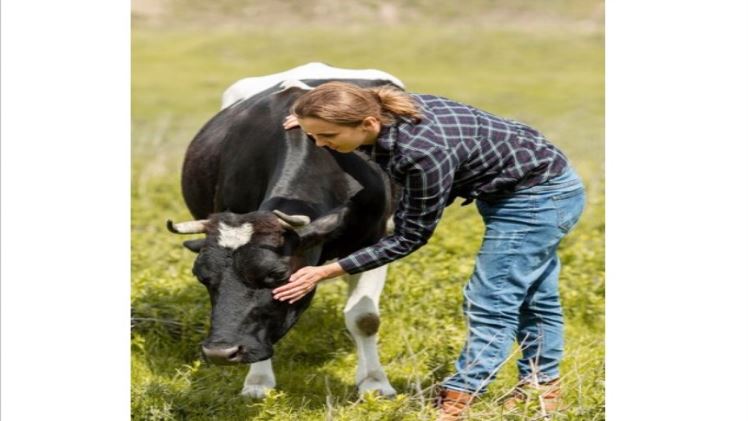3- Methods to Keep Cattle Healthy & Happy

Raising cattle may be very fulfilling if you want to feed your family, but before you buy your first herd, you should learn how to take care of them. A few things need to be known before raising your cows and bulls. Make several paddocks and shelters appropriate for the size of your herd before the animals come to your property.
Afterward, begin tending hands-only to the cattle’s food, water, and medical needs. It’s usually a good idea to consult an experienced livestock veterinarian for further advice and assistance.
Provide Sufficient Water
It might be difficult for cattle to get enough water in the winter. Due to muck, snow, or ice, water sources might freeze or become inaccessible. According to veterinarians, every 100 pounds of weight in cattle needs one to two gallons of water daily. Water is, therefore, a valuable resource regardless of the season, including winter. It’s a common misconception among inexperienced livestock managers that cattle can consume snow or lick ice to attain their normal limit. However, that is untrue. It would take hours to accomplish this and divert vital body heat, leaving little time or energy for growth and feeding.
Maintaining dehydrated cattle’s water intake and overall health is critical because they are more susceptible to colic and impaction. Installing tank heaters in their water sources is the simplest way to solve the problem. To prevent unintentional shocks or fires, adhere to the manufacturer’s recommendations. Provide unfrozen water numerous times daily in various locations if you cannot use a heater.
Maintaining a consistent water supply can allow your cattle to flourish even in below-freezing weather, a crucial indicator of a contented animal.
Provide Proper Food And Supplements
Cattle can get cold if not fed well enough, leading to death. To keep cattle well-fed during winter, consider switching to premium feeds with increased nutrients, limiting waste by depositing hay in a hay feeder, and maintaining cold-hardy grass fields. Rotational grazing can help cattle graze through heavy snow, while proper training can help them reach the grass. These strategies can help cattle stay warm and happy during cold weather despite the cost.
Also, including essential nutritional elements, such as dairy cow calcium support vitamins, into their feed can improve overall health and suppleness, ensuring they survive harsh weather conditions more effectively.
Give Proper Shelter
Providing shelter for grazing cattle during winter storms is crucial to prevent stress and panic. The shelter can be found in various ways, such as three-sided sheds, hills, gullies, trees, and shelterbelts. Keeping cattle close to the barn or near shelters is also beneficial, and temporary electric fencing allows constant control over their location.
When building robust three-sided barns or windbreaks that provide extra protection for grazing cattle during bad weather, using weather-resistant and long-lasting materials such as hdpe sheets can be helpful.
